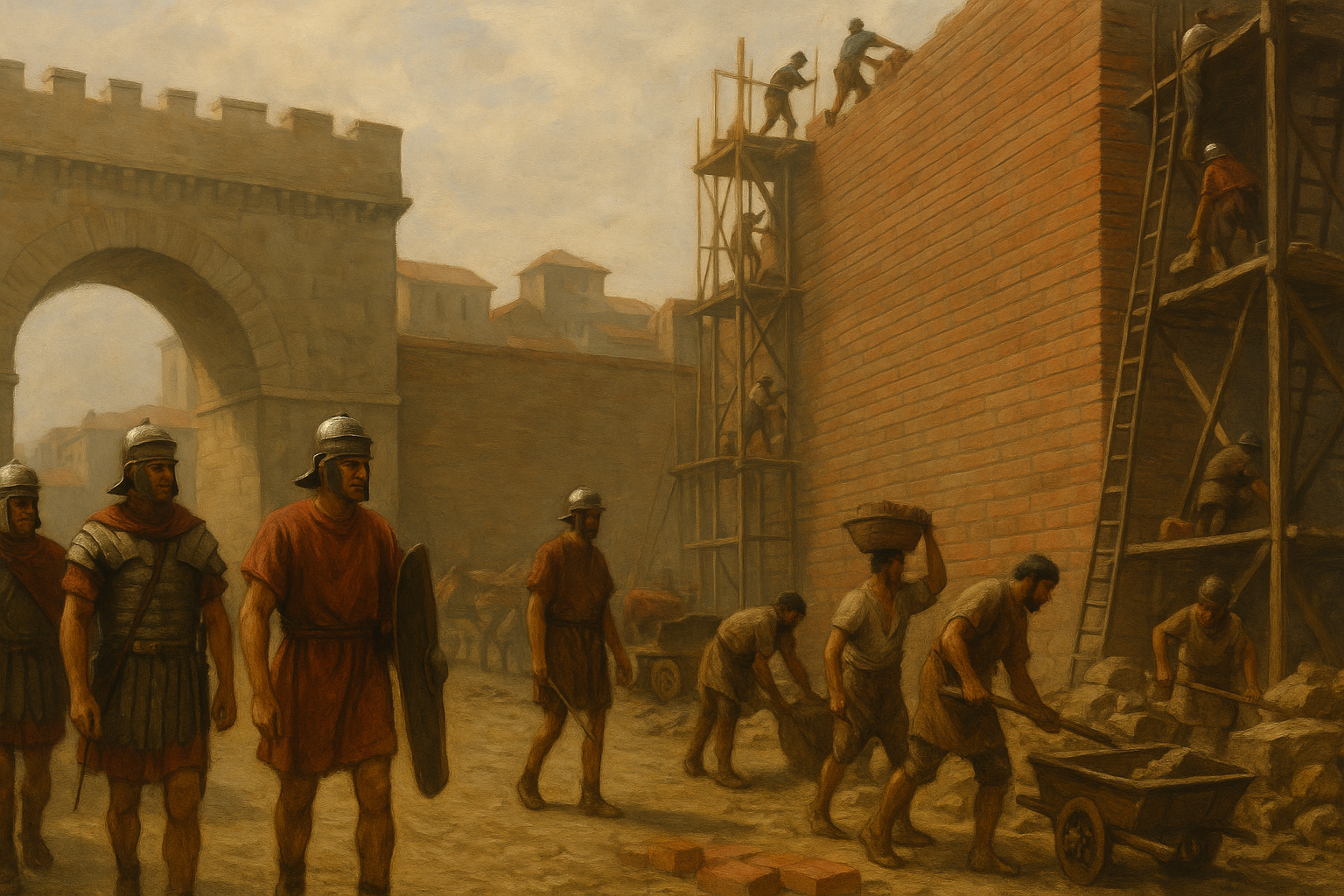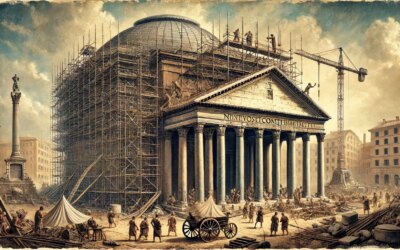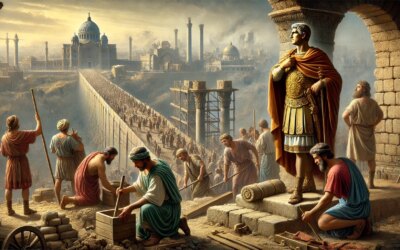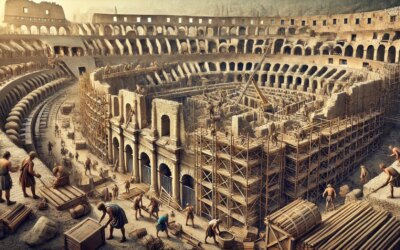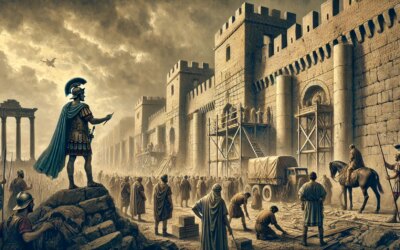The Crisis of the Third Century and the Need for Defense
By the late 3rd century CE, Rome was no longer the invulnerable capital it had been in the days of Augustus. The so-called Crisis of the Third Century had brought waves of political instability, economic decline, and, most alarmingly, threats to the heart of the empire. Germanic tribes, Goths, and even seaborne raiders ventured dangerously close to the Italian peninsula. The notion that Rome’s position, deep within the empire, made it safe was shattered in 270 CE when the Alemanni invaded northern Italy.
It was in this precarious moment that Emperor Aurelian, a soldier-emperor famed for his swift campaigns and iron discipline, recognized that the Eternal City needed a new shield — a monumental fortification to match the changing realities of warfare.
Design and Construction
The Aurelian Walls were begun around 271 CE and completed in an astonishingly short span, likely less than five years. The urgency of their construction was reflected in the methods: builders incorporated existing structures such as the Pyramid of Cestius, parts of the Amphitheatrum Castrense, and sections of the Aqua Claudia aqueduct into the defensive circuit. This not only sped up the work but also conserved resources in a time when the treasury was strained.
Stretching over 19 kilometers and enclosing an area far greater than the old Servian Walls, the new fortifications stood roughly 8 meters high (later increased) and 3.5 meters thick. Four hundred and eighty towers punctuated the circuit at regular intervals, providing elevated positions for archers and watchmen.
Integration with the City
The walls did more than simply encircle Rome; they redefined its boundaries. For centuries, the city had sprawled without any physical constraint, its suburbs and gardens merging seamlessly into the countryside. Now, a massive brick-faced concrete wall created a distinct line between the urban and rural landscapes.
Within the walls, urban life adjusted. Markets, temples, and bathhouses suddenly found themselves in closer proximity to a military frontier. Gates such as the Porta Appia (later Porta San Sebastiano) and Porta Flaminia (now Porta del Popolo) became bustling choke points for trade, travel, and inspection. The flow of goods and people into the city could be monitored in ways previously unnecessary, reflecting a new age of vigilance.
Military Function and Symbolism
From a tactical standpoint, the Aurelian Walls were designed to resist the siege technologies of their day. Towers allowed for flanking fire along the curtain walls, while multiple gates could be sealed in the event of an attack. Their height discouraged scaling, and their thickness made them resistant to battering rams and other siege engines.
Yet the walls also carried a symbolic weight. For centuries, Rome’s security had rested on the strength of its legions and the vastness of its empire. The very existence of such a formidable barrier around the capital was an admission that those days were gone. It was both a reassurance to the people and a stark reminder that the empire’s enemies were closer than ever.
Later Modifications and Use
Subsequent emperors and rulers recognized the value of Aurelian’s work. In the 4th century, Emperor Maxentius raised the walls to nearly 16 meters in some stretches, adding crenellations and strengthening the towers. The Ostrogoths, Byzantines, and later the medieval popes maintained and repaired the fortifications, adapting them to changing military technologies, including the advent of artillery in the Renaissance.
Remarkably, the Aurelian Walls remained militarily relevant for well over a millennium. They played a role in defending the city as late as the 19th century, during the capture of Rome in 1870, when Italian forces breached them near the Porta Pia.
Urban Legacy
Today, vast sections of the Aurelian Walls still stand, threading through the modern city in a remarkable testament to late imperial engineering. Their survival is due both to their solid construction and to the fact that they were continuously maintained and integrated into later urban defenses.
They also serve as a tangible reminder of a turning point in Roman history — when the empire shifted from confident expansion to guarded preservation. The walls embody the pragmatism of Aurelian’s reign: swift action, use of available resources, and adaptation to the realities of the time.
FAQ
Why were the Aurelian Walls built so quickly?
The walls were constructed in response to immediate military threats, particularly the Alemanni incursions into Italy. Aurelian prioritized speed to ensure Rome could be defended against sudden raids. This urgency led to the integration of existing structures into the wall circuit, saving time and materials.
Did the Aurelian Walls ever face a major siege in antiquity?
While they were never the scene of a large-scale siege during Aurelian’s own reign, the walls later withstood various assaults, including threats from Gothic and Byzantine forces. Their presence likely deterred many would-be attackers from attempting a direct assault on the city.
How much of the Aurelian Walls can be seen today?
Substantial portions of the walls remain visible throughout Rome. In some areas, they still stand close to their original height, complete with towers and gates. These sections provide an invaluable window into the defensive architecture of the late empire.
Were the walls purely military in function?
While their primary role was defense, the walls also controlled the flow of goods and people into Rome. They marked a new, more regulated relationship between the city and its surrounding territories, blending military, economic, and administrative functions.

